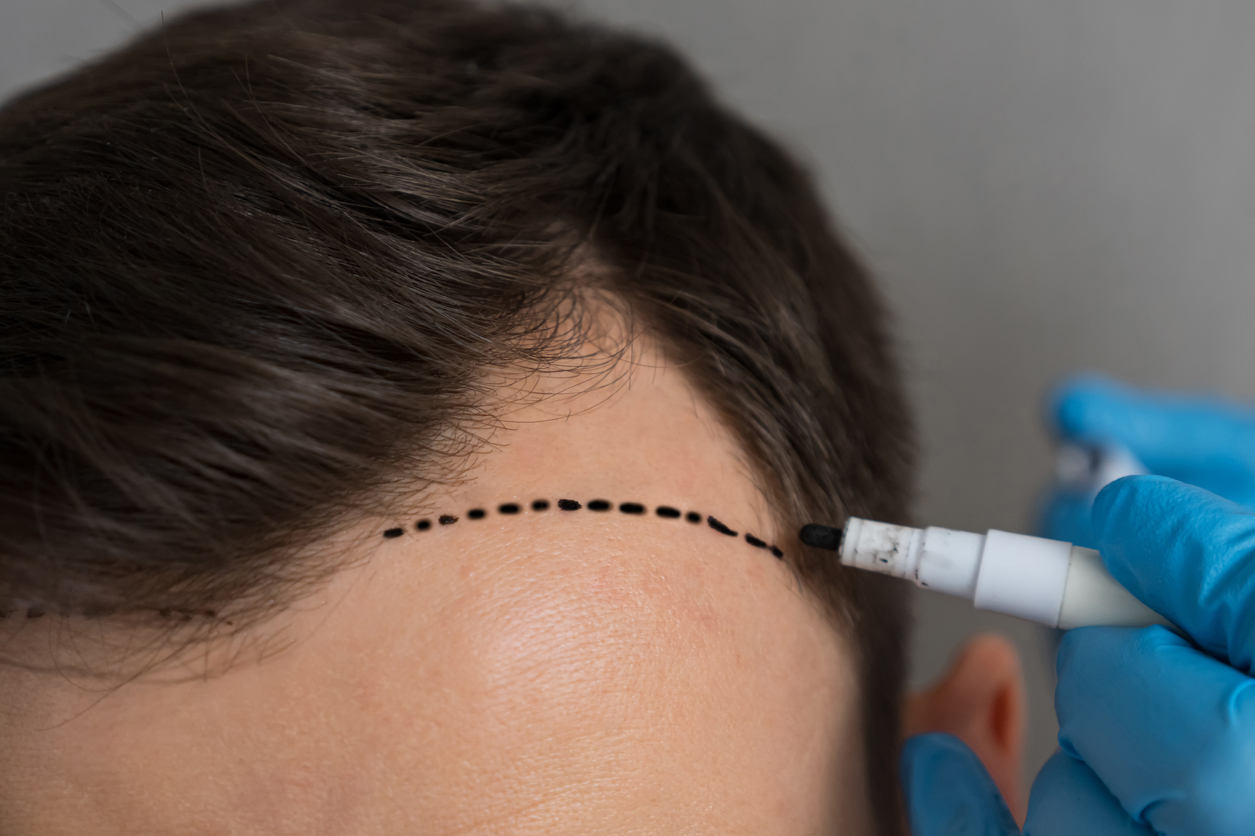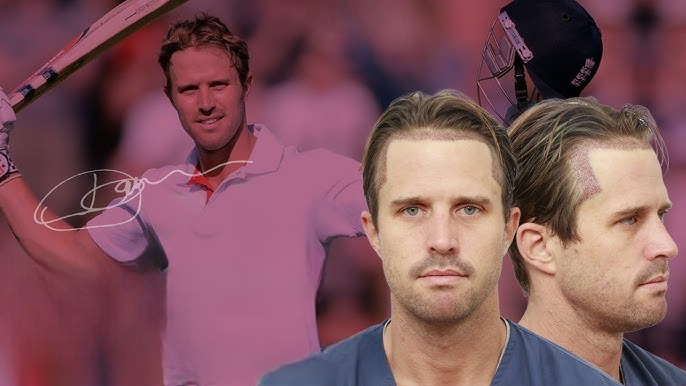Hair loss is a common concern among men, and for those considering a hair transplant, one crucial aspect to consider is the design of the hairline. The hairline plays a significant role in framing the face and determining the overall aesthetic result of the transplant. Choosing the right hairline design is essential to achieve a natural-looking outcome that suits an individual’s facial features and age. In this article, we will explore the factors to consider when selecting the right hairline design for a male hair transplant.
Facial Structure and Features:
The first consideration when choosing a hairline design is the individual’s facial structure and features. A hairline should be designed to harmonise with the natural contours and proportions of the face. Factors such as the shape of the forehead, the position of the brow ridge, and the angles of the temples need to be taken into account. A skilled hair transplant surgeon will assess these features to create a hairline design that complements the individual’s unique facial characteristics.
Age-Appropriate Hairline:
An age-appropriate hairline is crucial to achieve a natural-looking result. The hairline design should consider the individual’s current age and anticipate future hair loss patterns. For younger patients, a lower and more youthful hairline may be suitable. However, for older individuals, a slightly higher hairline that accounts for further hair loss progression can provide a more realistic and age-appropriate appearance.
Natural Hairline Variations:
A natural-looking hairline is not perfectly straight or uniform. It features subtle variations in density, direction, and irregularities to mimic the natural hair growth pattern. The surgeon will carefully recreate these variations during the hairline design to ensure a more authentic and undetectable result. Incorporating irregularities such as single hair follicle placement and a soft transition from the hairline to the denser areas behind it contributes to a more natural outcome.
Hairline Zone Distribution:
The distribution of hair follicles within the hairline zone is an essential consideration. The surgeon will strategically place more single hair follicles at the leading edge of the hairline to create a soft and natural transition. As the hairline moves backward, denser groupings of follicles are used to achieve a fuller appearance. This progressive increase in density helps simulate the natural density variations seen in a healthy hairline.
Hairline Shape:
The shape of the hairline plays a significant role in the overall aesthetics of a hair transplant. There are different hairline shapes to consider, such as straight, slightly rounded, or more angular designs. The choice of hairline shape depends on the individual’s facial structure, preferences, and the desired aesthetic outcome. Collaborating with the surgeon during the consultation process will help determine the most appropriate hairline shape for each individual case.
Forehead Proportions:
The proportions of the forehead should be considered when designing a hairline. A high forehead may benefit from a slightly lower hairline to create better facial balance, while a low forehead may require a higher hairline to avoid an unnatural appearance. The surgeon will evaluate the forehead proportions and work collaboratively with the patient to determine the optimal hairline design that complements their unique features.
Realistic Expectations and Communication:
Open and honest communication between the patient and the surgeon is essential when choosing the right hairline design. It is crucial to have realistic expectations and understand the limitations of the procedure. The surgeon will consider the patient’s desires and lifestyle, while also providing professional guidance and recommendations based on their expertise. Through thorough discussions and clear communication, both parties can work together to achieve the desired hairline design.
In conclusion, choosing the right hairline design is a crucial step in the male hair transplant process. Factors such as facial structure, age-appropriateness, natural variations, hairline zone distribution, hairline shape, forehead proportions, and effective communication all play a significant role in achieving a natural-looking and aesthetically pleasing outcome. Working closely with an experienced hair transplant surgeon who specialises in hairline design will ensure that the chosen hairline complements an individual’s unique features and restores their confidence with a renewed hairline that suits their overall appearance.





